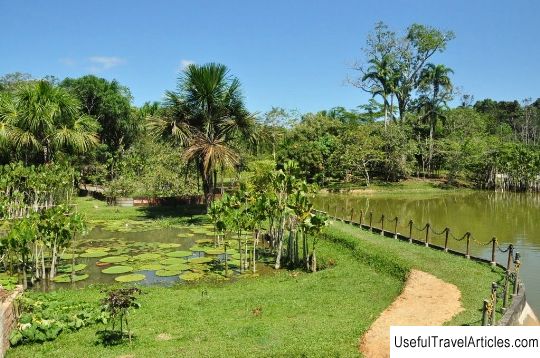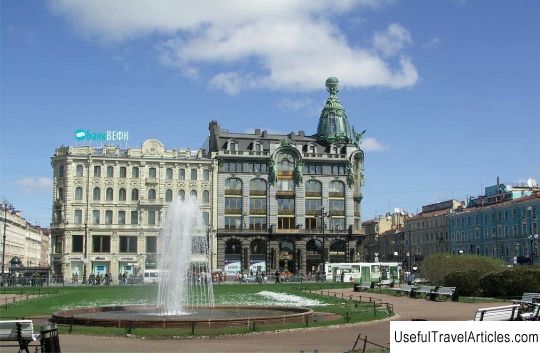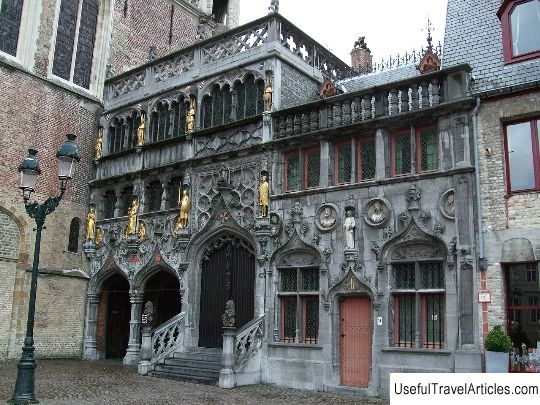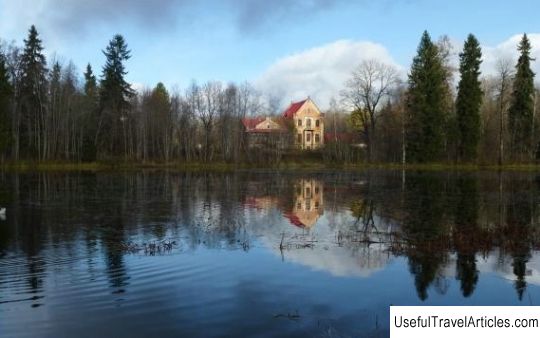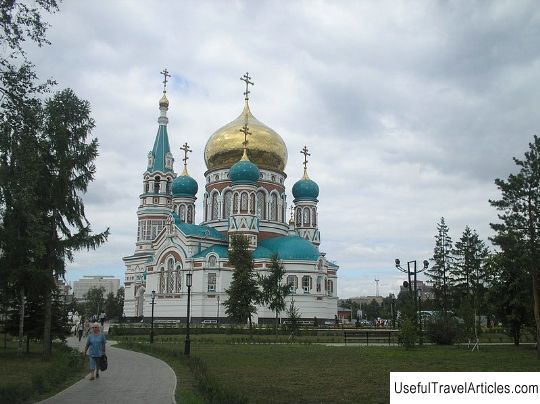Church of the Savior on Spilled Blood description and photo - Russia - Saint Petersburg: Saint Petersburg
Rating: 8,1/10 (2054 votes) 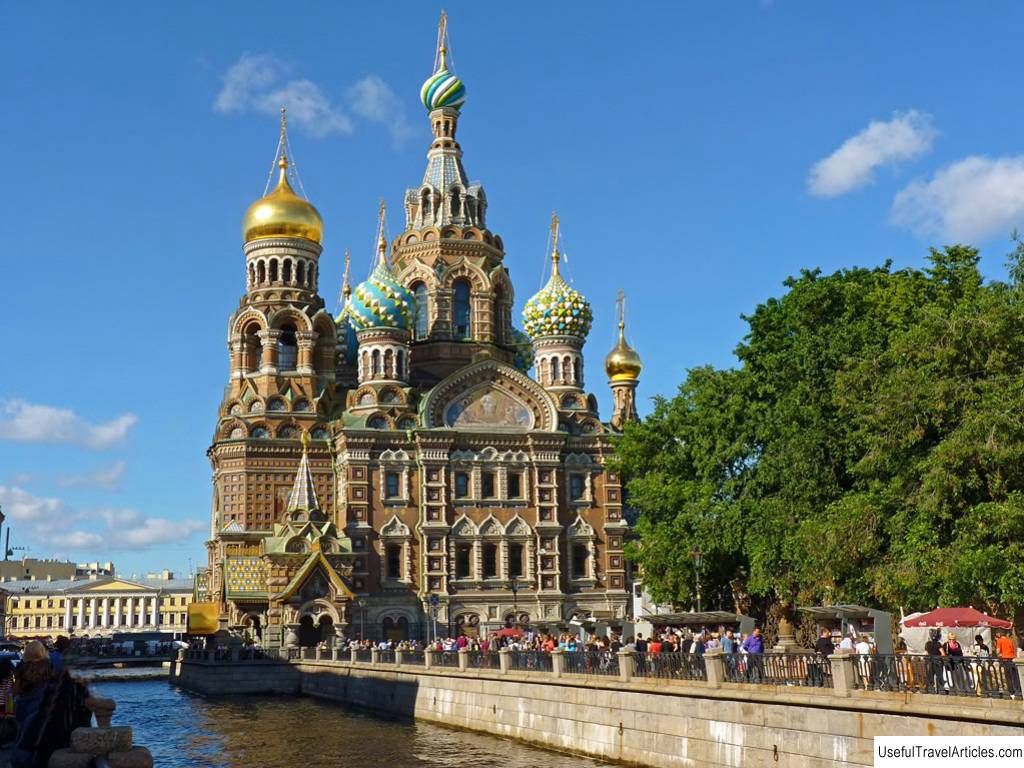
Church of the Savior on Spilled Blood description and photos - Russia - Saint Petersburg: Saint Petersburg. Detailed information about the attraction. Description, photos and a map showing the nearest significant objects. Photo and descriptionBuilt in memory of one of the tragic events of Russian history, the Church of the Savior on Spilled Blood is now one of the most visited sights of the northern Russian capital. Built on the site where the Russian emperor was killed (or rather, mortally wounded), the cathedral was erected in memory of the tsar-martyr; all of Russia donated funds for the construction of this temple. Today, more than a hundred years after the tragedy that occurred here, the building is considered one of the city's architectural gems. Speaking about the "visiting cards" of the northern capital of Russia, they usually mention this cathedral. It has the status of a museum, but it is still valid. BackgroundThe very next day after the assassination of Alexander II by a terrorist group, an idea arose about erecting a temple or a monument at the site of the tragedy. At first it was decided to put a chapel there. The building was designed by Leonty (Ludwig) Benois. Construction began. The pace of work was high: after about a month, the building was completed. The construction work was paid for by two St. Petersburg merchants. The chapel stood at the site of the tragedy for two years, then it was moved to another place. The building stood there for about nine more years, after which it was dismantled. At the place where the emperor was mortally wounded, after the transfer of the chapel, the construction of the cathedral began. A few words must be said about the competition for the projects of the new temple. Outstanding architects of that time took part in it, but all projects were submitted to the competition anonymously, so that the name of the author does not influence the opinion of the competition committee. Eight best projects were selected. They were shown to the emperor, but none of them was approved by him. Expressing his will about the appearance of the future cathedral, the emperor emphasized that the building should be built in the style of 17th century temples. The architects should have paid special attention to the Yaroslavl churches. After these conditions were announced, the second competition began. But all the works were again rejected by the emperor. In the end, the project developed by Alfred Parland and Ignatiy Malyshev (archimandrite) was nevertheless chosen. However, the emperor ordered this project to be finalized; only after quite a lot of revision did he finally accept the document. Construction of the cathedralThe building was laid down in 1883. After about fourteen years, it was completed. The creation of the mosaics that adorn the nine-domed temple was completed much later. It was it that delayed the consecration of the building for a whole decade. The total cost of construction was more than four and a half million rubles. During the construction work, technologies that were new for that time were used. An electrical network was installed in the building: the cathedral was lit by one thousand six hundred and eighty-nine electric lamps. Parish of the cathedralInitially, the temple was not a parish: it was supported by the state. The order in the temple was unusual: the entrance to the building was possible only with special passes. Although the cathedral has an impressive capacity, it was not originally expected to be attended by large numbers of believers. At the same time, services were periodically held in the temple (in memory of the deceased emperor), sermons sounded. In the post-revolutionary period, the financial situation of the temple changed dramatically for the worse. He was no longer supported by the state. The rector of the temple appealed to the townspeople with a request to financially support the cathedral in these difficult times. The new authorities decided to form a parish of the temple. The abbot ardently objected to this, making the following argument: the temple was not conceived as a parish, it had never been a parish before. But his objections were not heard. A parish was formed. For several years the temple belonged to the Renovationists (representatives of one of the trends in Russian Orthodoxy of the post-revolutionary period). In the early 30s of the XX century, the temple, like many churches throughout the country, was closed by a decision of the authorities. After closure Soon after the closure of the temple, it was decided disassemble. In part, the detailed study of this issue was postponed to a later date. In the late 1930s, this issue was again raised and again resolved positively. But the military events that followed soon forced to postpone the dismantling of the building at a later time. During the blockade of the city, the temple was used as a morgue. In the postwar years, the building housed the scenery of one of the city's theaters (that is, the temple turned into a warehouse). In the early 60s of the XX century, an unexpected find was made in the temple: in one of the domes stuck German land mine. He was found by craftsmen who carried out restoration work in the building. The mass of the projectile was about one and a half hundred kilograms. It was neutralized; six people took part in these works (five climbers and one former sapper). The operation demanded from all its participants not only experience and special knowledge, but also composure, fearlessness, iron endurance. In the early 70s it was decided to open a museum in the building of the temple (more precisely, a branch of the St. Isaac's Cathedral "). By that time, the building was in need of serious restoration work. His condition could be described as emergency. Preparations for large-scale restoration work have begun. The preparations took a long time. The work itself began only in the 80s of the XX century. The first stage of restoration ended only in the second half of the 90s. Then the museum was first opened to visitors. Interestingly, this happened exactly ninety years after the building was consecrated. In the early 2000s, services were resumed. The parish of the cathedral was registered a few years ago. Architectural features and interiors As mentioned above, the cathedral is one of the architectural gems of the city and arouses the constant interest of tourists. But which architectural features of the building should be paid special attention to? What interior details should you see first of all? - The temple is crowned with nine chapters. Some of them are covered with gilding, others are decorated with enamel. The chapters are arranged asymmetrically, but this asymmetry is quite picturesque. Please note that the patterns on the domes are different, which gives the building additional elegance and festivity. - In the very center you will see a tent, which is over eighty meters high. The base of the tent is cut through by eight windows. They are decorated with platbands, the shape of which resembles kokoshniks. There are also several windows in the upper part of the tent. There the tent gradually narrows. It is crowned with a traditional onion-shaped cupola. It is covered with enamel in three colors - green, white and yellow. Stripes of these colors seem to wrap around the dome. - Pay attention to the bell tower, located on the western side of the building. It is also crowned with an elegant dome. Its arched openings resembling kokoshniks are separated by columns. - On the walls of the building you can see inscriptions telling about the numerous achievements of the country during the reign of the emperor, whose memory is perpetuated by the temple. - Pay attention attention to the variety of finishing materials. During the construction of the building brick and marble, granite and enamels, mosaics and gilded copper were used. - The interiors of the temple are distinguished by an abundance of mosaics. You can even say that the cathedral is a museum of this art form (one of the largest in Europe!). The area covered by mosaic paintings is seven thousand sixty-five square meters. To create these works, sketches of thirty artists were used, among which were the famous masters. But pay special attention to this: that section of the pavement on which the emperor was mortally wounded by terrorists has been preserved in the temple. Part of the embankment fence has been carefully preserved. It was stained with the blood of the murdered king (by the way, this is where the name of the temple comes from). All this you can see in the western part of the building, directly under the dome of the bell tower. A special canopy (canopy) is installed over this place. Notes
                We also recommend reading Filharmonia Zielonogorska description and photos - Poland: Zielona Gora Topic: Church of the Savior on Spilled Blood description and photo - Russia - Saint Petersburg: Saint Petersburg. |
